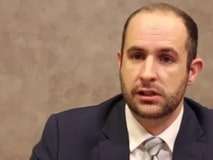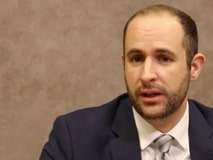Does a “Sudden Emergency” in the Operating Room Justify Medical Malpractice?

In a personal injury lawsuit, the defendant may try to avoid liability by invoking the “sudden emergency” doctrine. Basically, if there is a “sudden and unexpected emergency” that requires the defendant to react without time to think, he or she is not responsible for the consequences of their actions, even if the result was an injury to the plaintiff. Of course, the defendant cannot rely on the sudden emergency doctrine if he or she somehow caused the emergency.
Mother Entitled to New Trial Over Loss of Newborn
The sudden emergency doctrine is most commonly used in car accident cases–e.g., the defendant swerved to avoid hitting a deer in the middle of the road and hit the plaintiff’s car instead. But in recent years, many Tennessee doctors and other health care providers have tried to invoke “sudden emergency” as a defense to medical malpractice claims. In fact, the Tennessee Court of Appeals recently ordered a new trial in a malpractice case because the trial judge improperly allowed the defense to argue sudden emergency before the jury.
The plaintiff in this lawsuit was pregnant with twins. She went into premature labor at 24 weeks. The delivery involved four doctors, two attending physicians and two residents. The first twin was delivered without incident, but the second baby “had settled into a transverse or sideways position,” according to court records. Basically, the doctors had two options at this point: deliver the baby vaginally using forceps, or perform a Cesarean section.
The attending physicians opted for a forceps delivery, although the residents argued for the C-section. The forceps turned out to be a tragic mistake. The child suffered a skull fracture during the delivery. Indeed, the baby’s “scalp was no longer attached but hanging from the rear of his skull.” Due to the fracture and associated birth trauma, the child died within a few hours of delivery.
The plaintiff sued the two attending physicians and the hospital for malpractice. Before trial, the judge made two key rulings against the plaintiff: First, she could not ask the two residents to testify about their advice to perform the C-section; and second, the defendant was entitled to a jury instruction on sudden emergency. Specifically, the judge told the jury that a doctor “who is faced with a sudden or unexpected emergency that calls for immediate action is not expected to use the same accuracy of judgment as a doctor acting under normal circumstances who has time to think and reflect before acting.”
The jury ultimately returned a verdict for the defendants. The Court of Appeals reversed. While the appeals court agreed the residents’ testimony was inadmissible, albeit for different reasons than the trial judge, it held this was not a case where the sudden emergency doctrine applied. To the contrary, the evidence showed the attending physicians “had time, while minimal, for reflection and thought before” opting for the forceps delivery over a C-section. More to the point, the doctors had taken the plaintiff to a fully prepared operating room “in an attempt to expect the unexpected.” There was, in short, nothing “sudden” about the situation.
Get Help From a Knoxville Personal Injury Attorney
Obviously, there are genuine cases of sudden emergency where a person does not have time to adequately think before acting. But the sudden emergency doctrine should never be used as a proverbial “get out of jail free” card by personal injury defendants. If you are involved in a car accident or medical malpractice situation where the defendant is trying to evade responsibility, contact the Tennessee personal injury lawyers at Fox, Farley, Willis & Burnette, Attorneys at Law, in Knoxville or Clinton today.
Source:
tncourts.gov/sites/default/files/brittany_nicole_vandyke_v._brooke_e._foulk_m.d._et_al..pdf











